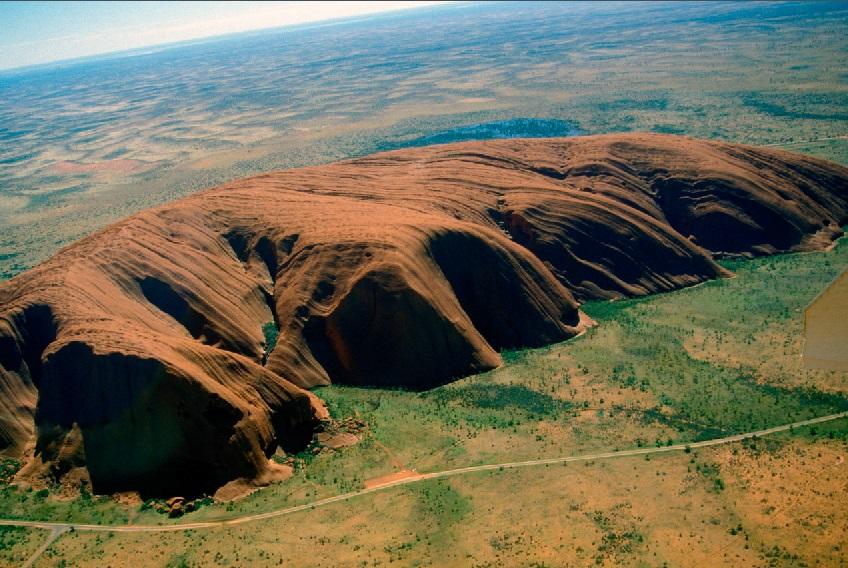“It is an extremely important place, not a playground or theme park like Disneyland,” Sammy Wilson. Tourists ban from Climbing Uluru.
“If I travel to another country and there is a sacred site, an area of restricted access, I don’t enter or climb it, I respect it. It is the same here for Anangu.”
He added: “Closing the climb is not something to feel upset about. But a cause for celebration.”
Visitors will be banned from climbing Uluru, formerly known as Ayers Rock. From 2019 after the local Aboriginal traditional owners declared that their sacred site in central Australia is “not Disneyland”.
The move follows decades of pleas by local owners. It is to avoid climbing the rock and several notorious instances of mischief and misconduct at the summit. It including an incident in 2010 in which a 25-year-old French-born exotic dancer stripped in a “tribute to Indigenous culture”.
The ban imposed by the Uluru-Kata Tjuta National Park board. Which includes eight traditional owners and three representatives of the National Parks agency.
Sammy Wilson, A board member and an Anangu traditional owner, said – “After much discussion, we have decided it’s time.”
A sandstone monolith, Uluru is one of Australia’s best known landmarks and a popular tourist destination. It has long formed the backdrop for images during visits by the royal family. Which including a famous picture of Prince Charles and Diana in 1983.
Signs at the base of the rock ask people not to climb the rock out of sensitivity to the local Anangu Aboriginal people. But this has not stopped many visitors making the ascent.
Climbing Uluru Ban Start Date :-
The ban will begin on October 26, 2019 to mark the anniversary of the return of Uluru to the traditional owners in 1985.
The board said at least 36 people have died while attempting the climb since records began in the 1950s. The last recorded death was in 2010.
Though critics of a ban have long warned that it would affect tourism numbers.
However, data commissioned by the local parks authority found that only 16 per cent of visitors now climb Uluru. Which is down from 74 per cent in the 1990s.
